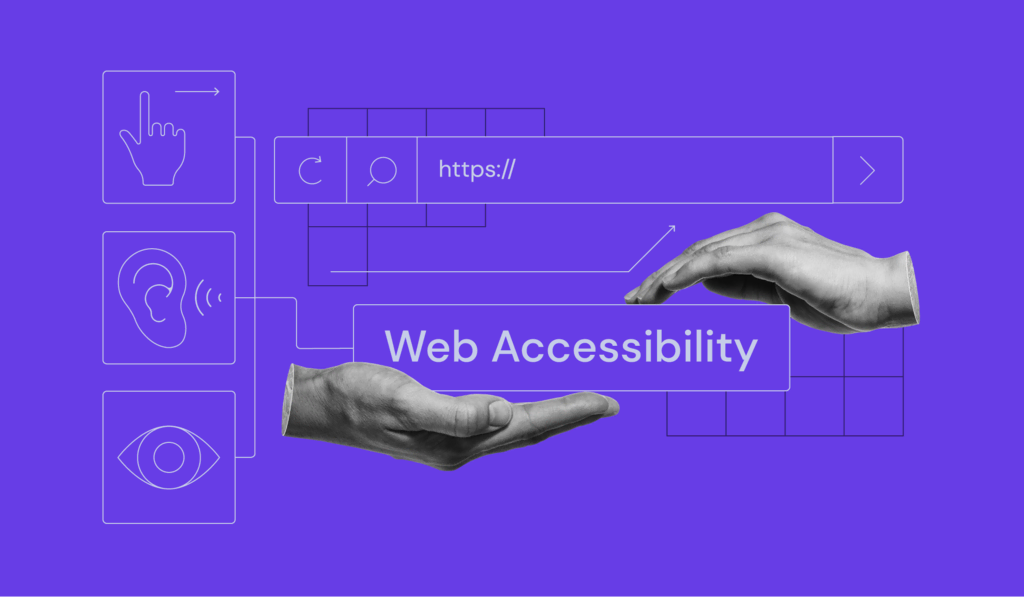Tube Rank: Your Guide to Video Success
Discover tips and insights for optimizing your video presence.
Web Accessibility: Not Just for the Tech Savvy
Discover why web accessibility matters for everyone, not just tech experts. Unlock the secrets to an inclusive online experience today!
Understanding Web Accessibility: A Guide for Everyone
Understanding web accessibility is crucial for creating an inclusive digital environment. It refers to the practice of making websites usable for people of all abilities and disabilities. This includes ensuring that people with visual, auditory, physical, and cognitive impairments can navigate and interact with web content effectively. To achieve this, developers should focus on design principles such as text alternatives for images, adjustable text sizes, and clear navigation structures.
Web accessibility not only benefits those with disabilities but also enhances the overall user experience for everyone. For example, when a website is optimized for screen readers, it often leads to a cleaner and more organized layout. Businesses can also gain from improved search engine optimization (SEO) performance, as accessible sites are favored by search engines. By prioritizing web accessibility, we can create a more inclusive internet that supports a diverse range of users.

Common Misconceptions About Web Accessibility: Debunking the Myths
Web accessibility is frequently surrounded by numerous misconceptions that can hinder the progress toward creating an inclusive online experience. One common myth is that making a website accessible is only necessary for government websites or organizations that serve individuals with disabilities. In reality, web accessibility benefits everyone, including the aging population, users with temporary disabilities, and those accessing the web on various devices. By accommodating diverse needs, websites can reach a broader audience and improve overall user experience.
Another prevalent belief is that achieving full compliance with accessibility standards is both impossible and overly complex. While some may feel overwhelmed by guidelines like the Web Content Accessibility Guidelines (WCAG), the truth is that web accessibility can be implemented incrementally. Simple adjustments such as using appropriate color contrasts, providing text alternatives for images, and ensuring keyboard navigability can make a significant difference. By debunking these myths, we encourage more web developers and content creators to prioritize accessibility, fostering a more inclusive digital landscape for all users.
Why Web Accessibility Matters: Enhancing User Experience for All
Web accessibility is essential for creating a more inclusive digital landscape. It ensures that everyone, regardless of their abilities or disabilities, can access and engage with online content. By implementing accessibility standards, businesses and website owners not only comply with legal requirements but also expand their audience reach. When sites are designed with accessibility in mind, they become more user-friendly for all visitors, including those with visual, auditory, or cognitive impairments.
Moreover, enhancing user experience through web accessibility improves overall site performance. Accessible websites often feature simpler navigational structures, which can benefit all users by reducing confusion and improving usability. Additionally, search engines favor sites that are optimized for accessibility, leading to better search rankings. Therefore, investing in web accessibility is not just a moral obligation; it is a strategic business decision that can result in increased traffic and greater user satisfaction.